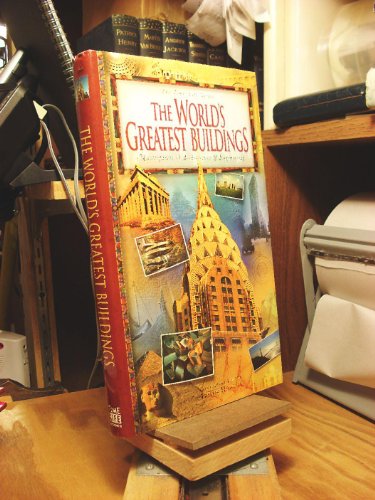Synopsis
Highlights places of worship, centers of power, and monuments and memorials considered to be among the 100 architectural masterpieces, describing their design, history, function, materials, and dimensions.
Excerpt. © Reprinted by permission. All rights reserved.
Chapter 1: Places of Worship Since ancient times, the Pantheon s sense of space and seeming simplicity of design have induced awe in all those who stand under its great dome. Despite depredations and alterations over 2,000 years, it s among the most complete and best preserved of all the ancient Roman monuments. Built by the Emperor Hadrian between AD 118 AND 125, the Pantheon covered a temple erected by one of the Emperor Augustus s generals, Marcus Agrippa, in 27 BC. The artistic Hadrian seems to have been a modest man with a sense of history: He had Agrippa s name inscribed above the columns of the entrance portico, vowing, with touching filial loyalty, to dedicate his own name to one monument only-that of his adoptive father, Trajan. The exterior, fronted by a portico eight columns wide and three deep, barely hints at the exposure within. A central block contains the huge, bronze covered doors, flanked by niches, leading into the immense rotunda. The dome is a half-sphere, its 144-feet (44.3m) diameter precisely equal to its floor-to-summit height. The oculus ( open eye ) at its center provides an unexpected view of Rome s changing skies, and a natural light source.
"About this title" may belong to another edition of this title.
